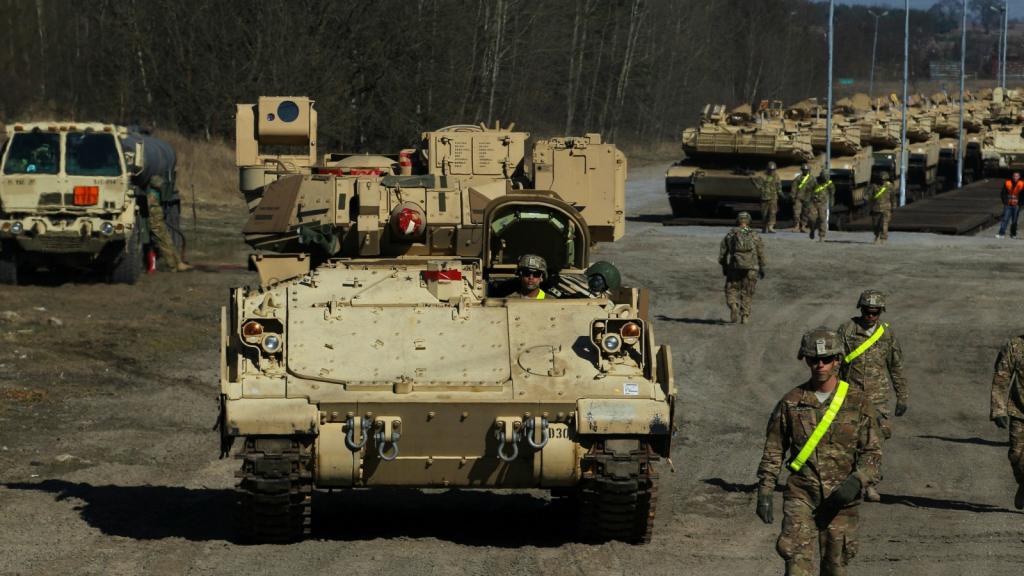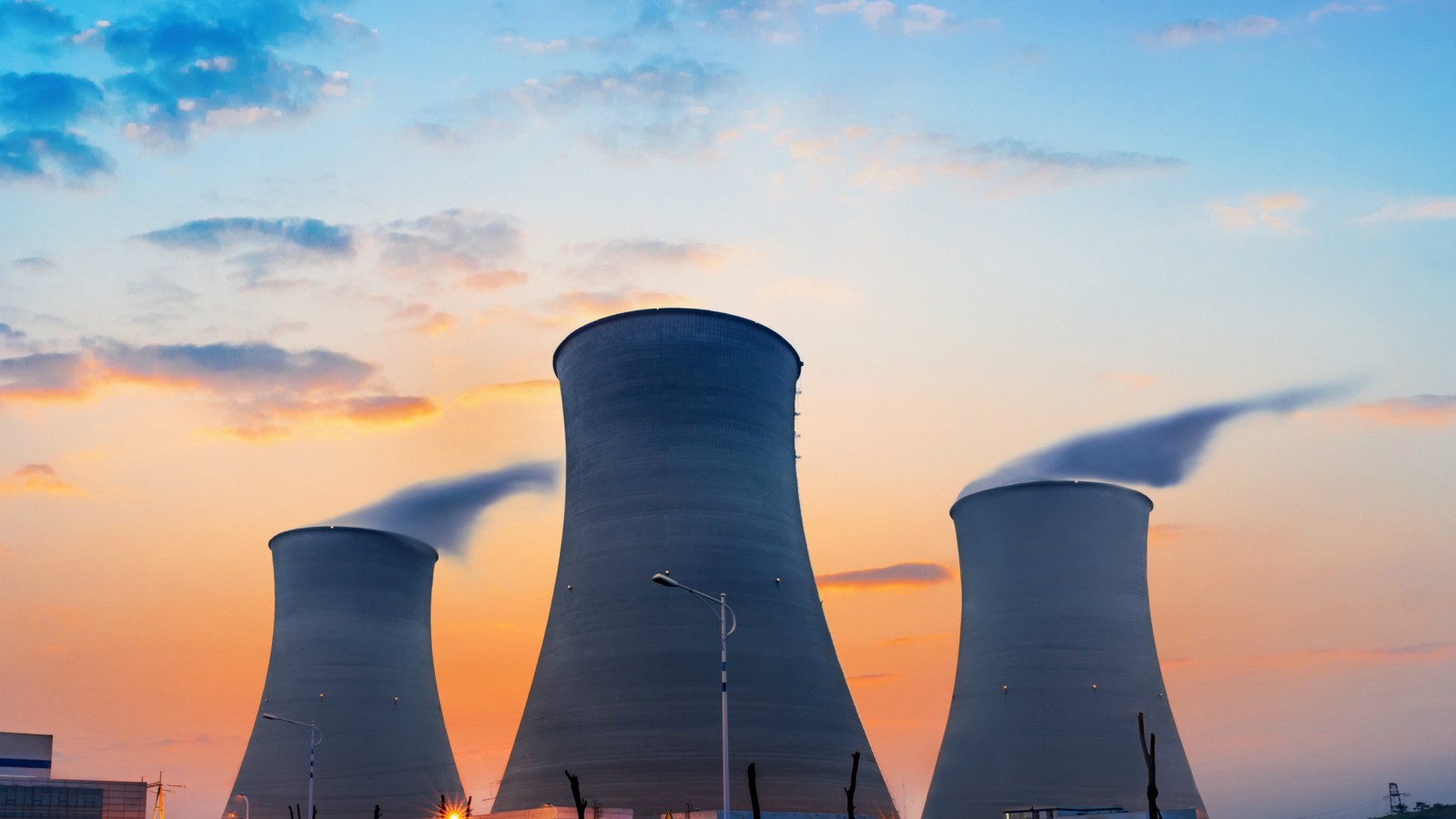Have you ever gotten really drunk and committed to doing something that you have no idea how to do? Maybe you downed a few beers and told your friend that you’d build a website for his artisanal jerky startup. Or maybe you took one too many shots at the office holiday party and told your boss you’d have 3,000 words on the history of fusion technology by Monday.
Well, this weekend, the world got drunk on a strong cocktail of fear and solidarity and semi-promised itself to keep global temperatures from rising more than 1.5 degrees C. Now, it’s the morning after, and everyone’s frantically Googling “How to keep global temperatures from rising more than 1.5 degrees C.”
One result that seems to keep coming up is nuclear power, aka the Walter Sobchak to solar power’s The Dude. Unlike fossil fuels and natural gas, it has zero emissions, and unlike some renewables, it provides lots of energy on demand, not just when the sun is shining or when the wind is blowing, making it an attractive option to hold us over until energy storage technology catches up with the rest of the renewables boom. But much like your friend’s artisanal jerky, it’s crazy expensive. Here’s more from Gizmodo:
Every type of electricity generation has associated costs, but to build a nuclear power plant in most states, companies need to put the capital expenditure upfront and absorb that cost for however long it takes to complete construction. That’s usually five to seven years, on average, although even the latest designs have been plagued by significant delays and cost overruns. And we’re talking about a big investment: between $8 to $10 billion for a single large plant.
Once built, nuclear plants don’t cost that much to operate. They basically turn into “cash machines,” one nuclear physicist told Gizmodo. But according to Greg Jaczko, former chair of the U.S. Nuclear Regulatory Commission, it would take roughly the entire Department of Energy budget to build just five nuclear power plants in a year. And with natural gas so cheap, there’s no incentive to do that.
Currently, there are more than 100 nuclear plants in the U.S., providing about 19 percent of electricity needs, Gizmodo reports. But most of those will probably shut down in the next few decades if the government doesn’t opt to pay for upgrades.
Other countries are doing more with nuclear. Saudi Arabia, for example, has plans for 18 new reactors, according to Gizmodo, which would add to the 437 currently in operation worldwide. And China is looking to spend $1 trillion on nuclear power by 2050.
According to the International Energy Agency, the world’s nuclear capacity will have to double by 2050 if we’re going to avoid even 2 degrees of warming. But without the right economic incentives, the outlook for nuclear in the U.S. is not looking good, Jaczko told Gizmodo:
“There are a lot of climate scientists talking about how we need nuclear power or we can’t solve climate change. … I hear that and I think, well, then we’re never gonna solve climate change, because nuclear power is not gonna do it. We’re not doing today what would need to be done to maintain that massive fleet of reactors in the future.”
One way or another, we’ve gotta do something to make good on our climate goals, because as drunk and as crazy as things got on Saturday (do you guys remember waving around that toy gavel?), this is one promise that we should’ve made a long time ago.
Now, if you’ll excuse me, I have to Google “How to make a Death Star replica out of marshmallows and peanut butter.”



